E-bike batteries are one of the most critical components of an electric bike, yet they are surrounded by misconceptions and myths. Many riders worry about charging habits, lifespan, and overheating risks, but not everything you hear is true. Let’s debunk the most common e-bike battery myths and set the record straight.
Myth 1: You Must Fully Drain Your Battery Before Recharging
🚫 False! Unlike older nickel-based batteries, modern lithium-ion batteries do not require a full discharge before charging. In fact, draining your battery completely can shorten its lifespan.
✅ The Best Practice: Charge your e-bike before it drops below 20%, and avoid overcharging.
Myth 2: Leaving Your Battery Plugged In Will Damage It
🚫 False! Most e-bike batteries have a built-in battery management system (BMS) that prevents overcharging. However, keeping it plugged in for days at a time can cause unnecessary wear.
✅ The Best Practice: Unplug the battery once it’s fully charged to maintain optimal health.
🔋 Bosch eBike Systems develops high-quality battery management technology, ensuring safe and efficient charging without overloading.
Myth 3: Cold Weather Permanently Ruins Batteries
🚫 False! Cold weather reduces battery performance temporarily, but it does not cause permanent damage unless the battery is exposed to freezing temperatures for extended periods.
✅ The Best Practice: Store your e-bike battery indoors above 50°F (10°C) and avoid riding in extreme cold without insulating the battery.
Myth 4: Fast Charging Damages E-Bike Batteries
🚫 False! Most e-bikes support fast charging without significant harm. However, frequent fast charging may slightly degrade the battery over time.
✅ The Best Practice: Use standard charging when possible, and reserve fast charging for when you’re in a hurry.
🔋 Specialized’s Turbo e-bike battery system is designed to handle fast charging efficiently while maintaining long-term battery health.
Myth 5: All E-Bike Batteries Last the Same Amount of Time
🚫 False! Battery longevity depends on quality, brand, and usage habits. Most lithium-ion e-bike batteries last 500-1,000 charge cycles, but premium brands like Shimano, Bosch, and Panasonic tend to last longer.
✅ The Best Practice: Choose a battery from a reputable manufacturer and follow proper maintenance guidelines to extend its lifespan.
Myth 6: Water Will Destroy Your E-Bike Battery
🚫 False! Most e-bike batteries are water-resistant and designed to handle light rain and splashes. However, submerging the battery or riding in heavy storms without protection can cause damage.
✅ The Best Practice: Always check your e-bike’s IP rating and use a battery cover if riding in heavy rain.
🔋 Rad Power Bikes builds weather-resistant e-bikes with IP-rated battery casings to handle rain and wet conditions.
Myth 7: Bigger Batteries Are Always Better
🚫 False! While larger batteries offer longer range, they also add weight and cost significantly more.
✅ The Best Practice: Choose a battery size based on your riding needs—if you commute short distances, a smaller battery is more than enough.
Final Thoughts
Understanding how e-bike batteries work helps extend their lifespan and improve performance. By avoiding common myths, riders can make informed decisions and get the most out of their e-bike’s power source.
🚲 Key Takeaways:
🔋 Charge before dropping below 20%
🌡️ Store batteries at room temperature
⚡ Fast charging is fine but not always necessary
💧 Rain is okay, but submersion is notBy following proper battery care and ignoring outdated myths, you’ll keep your e-bike running smoothly for years to come.

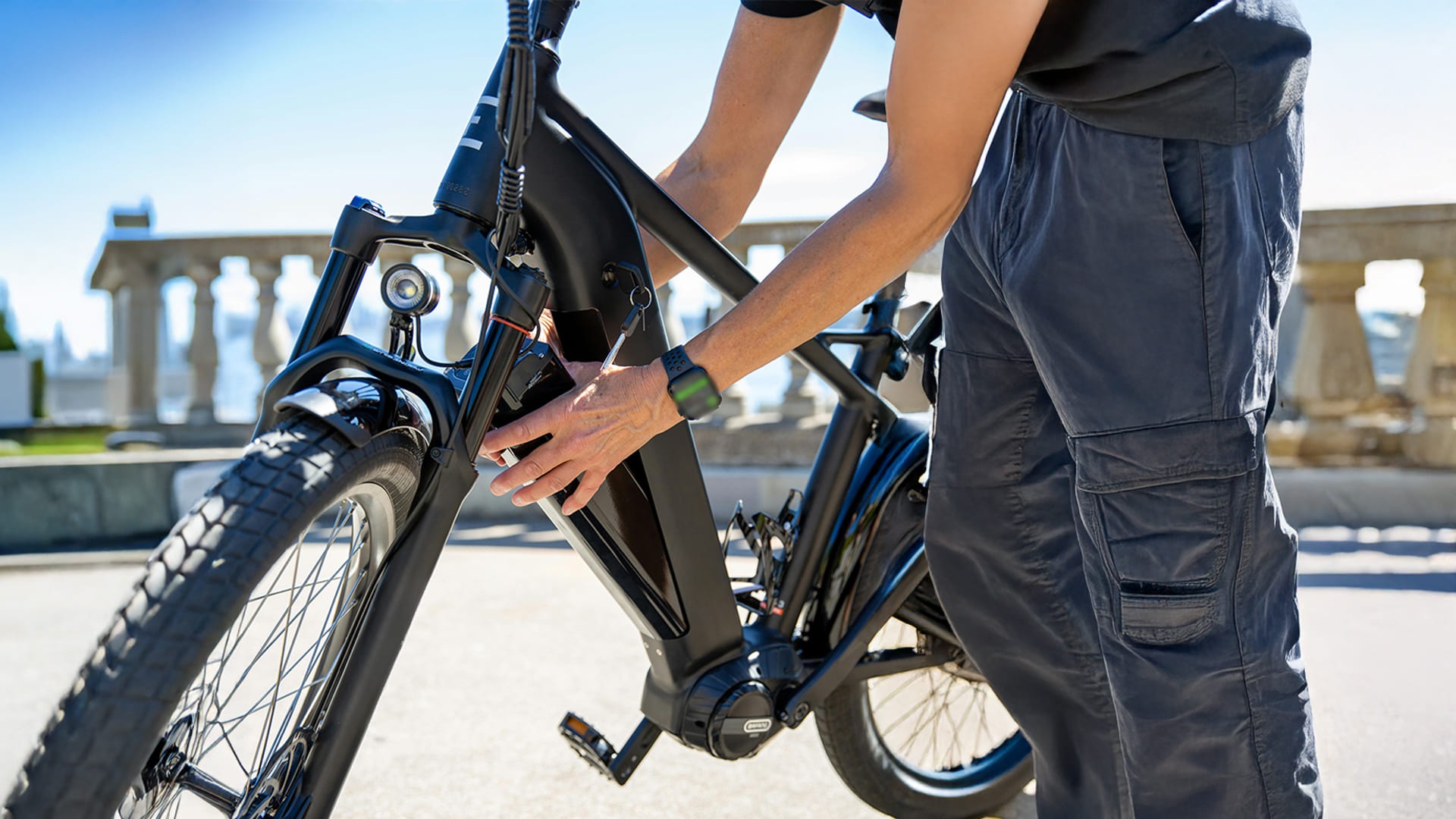
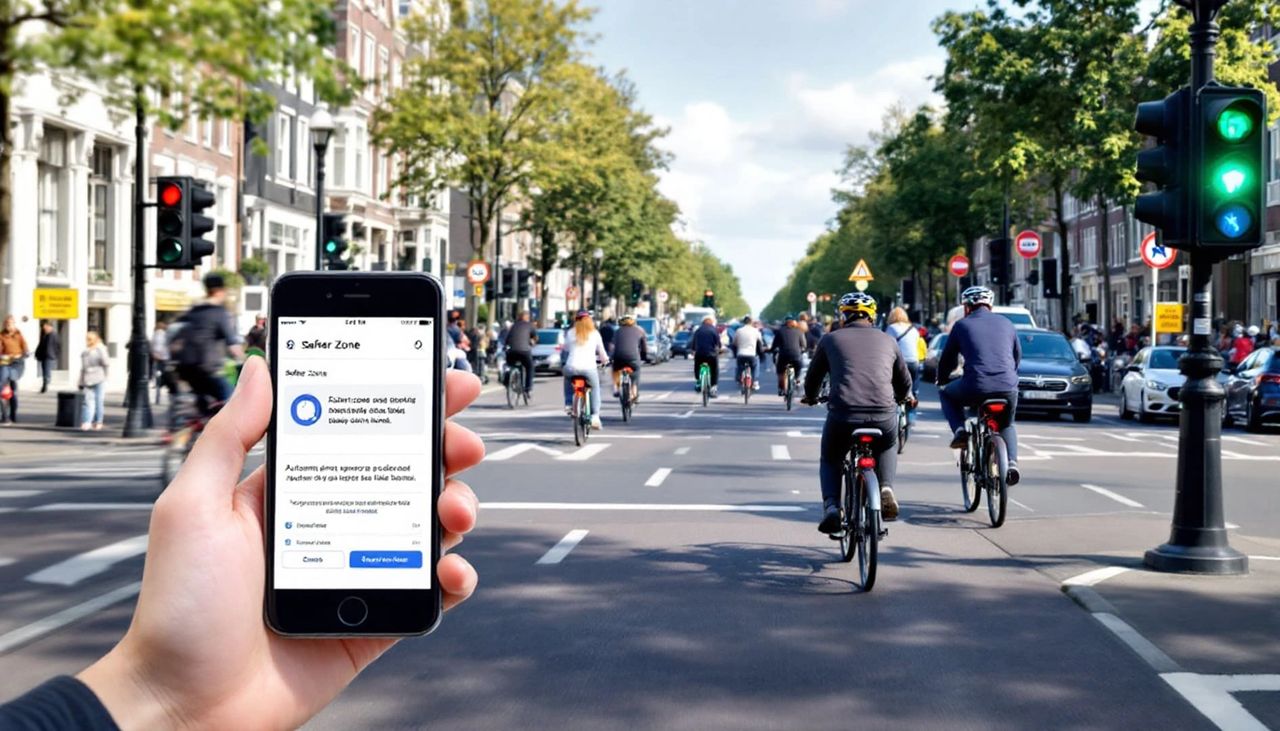
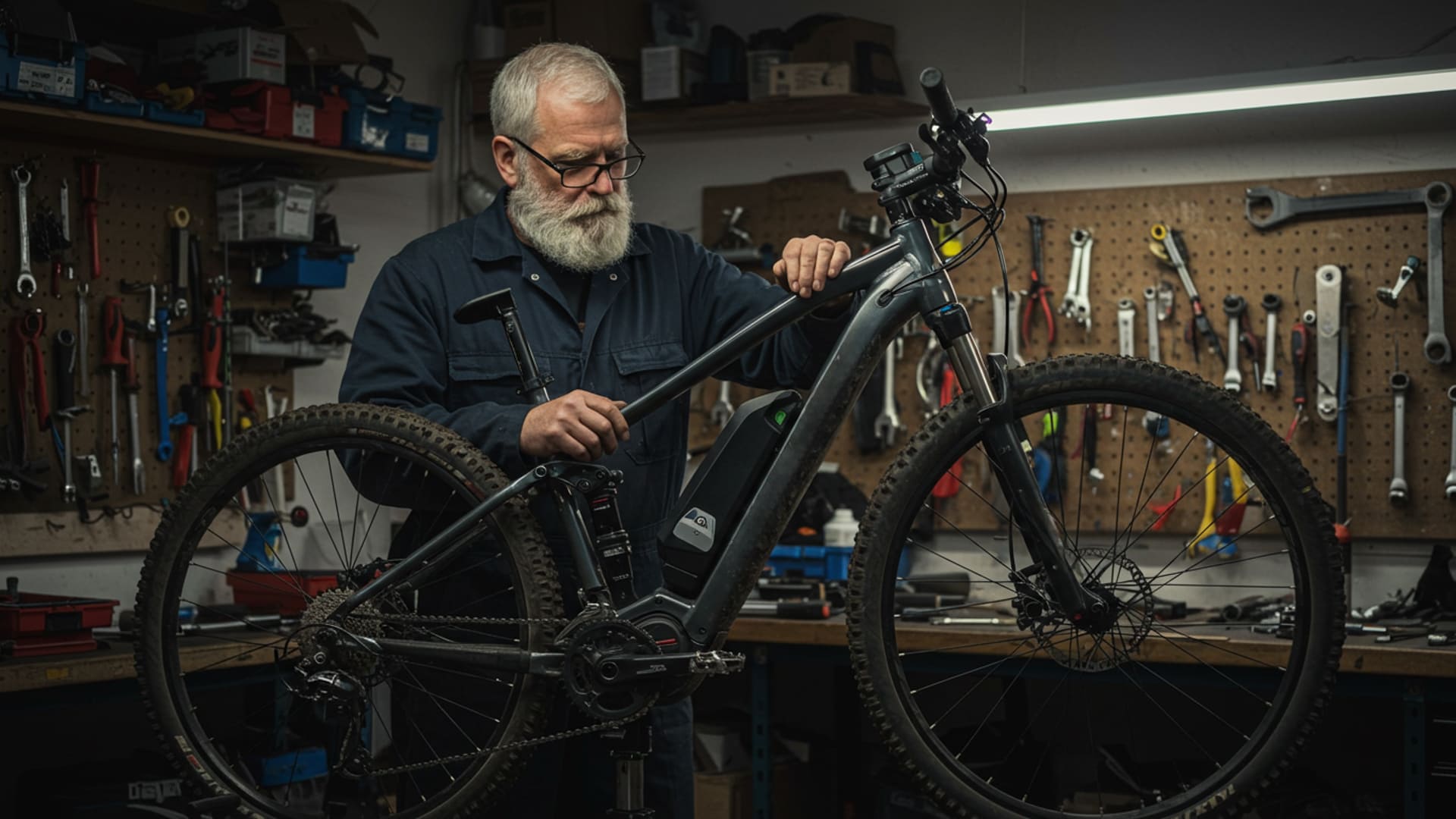

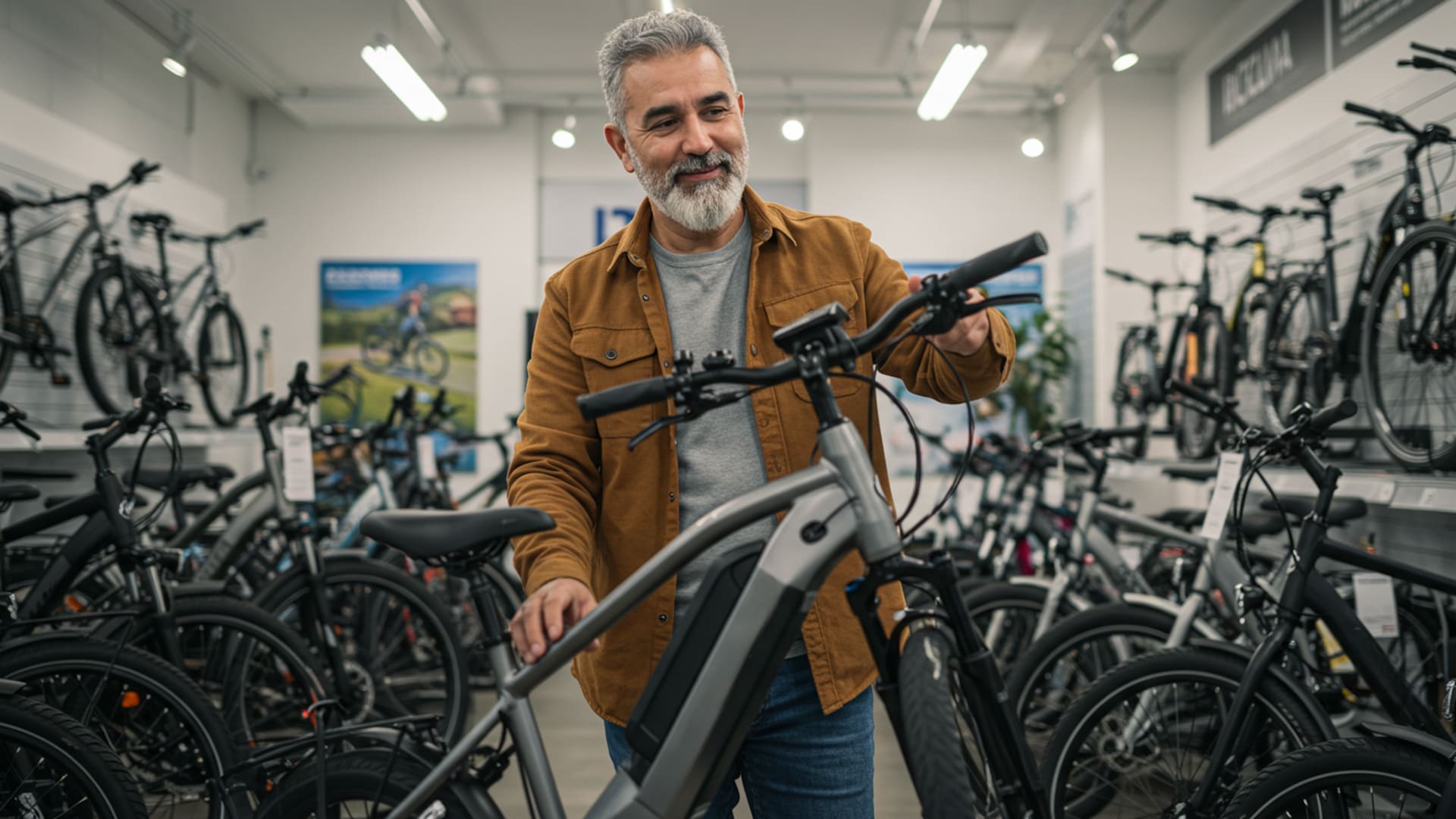
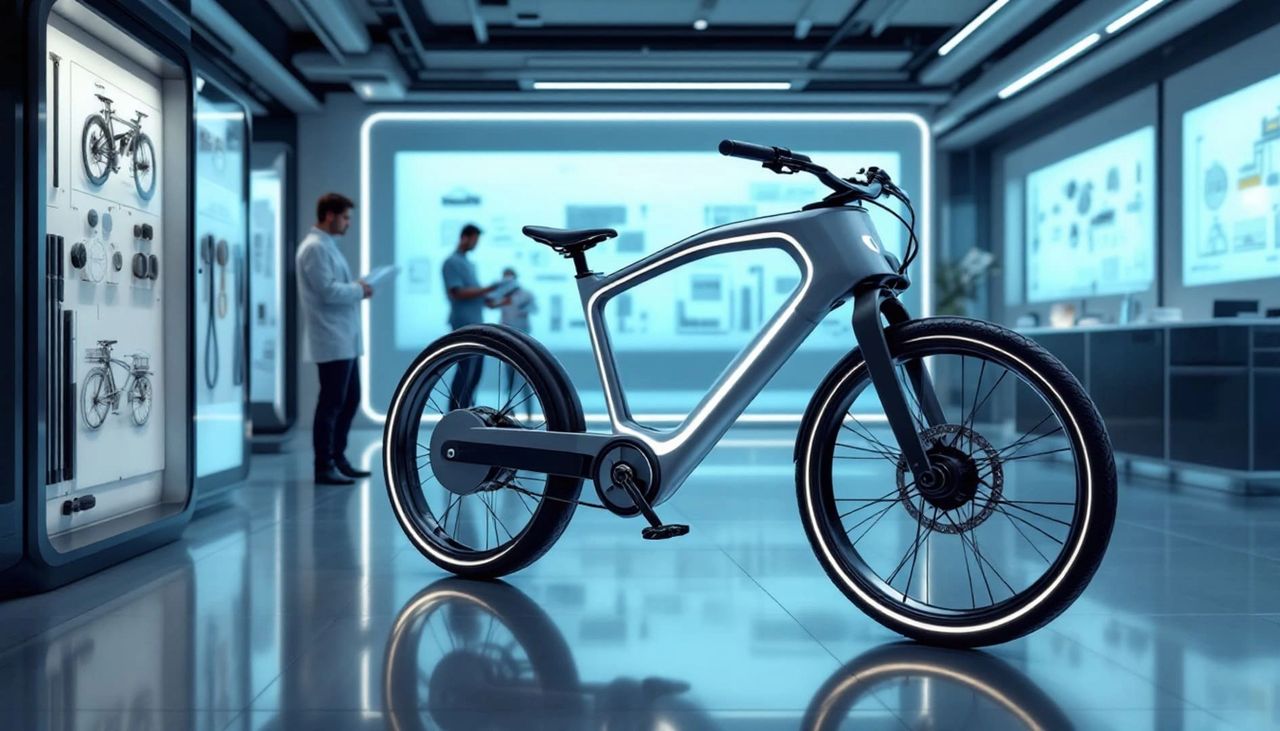

Leave a Reply